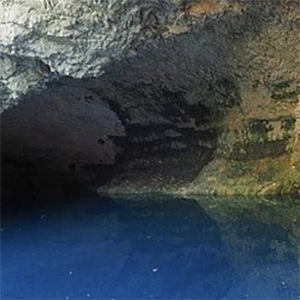Groundwater-surface water interaction revealed by meteorological trends and groundwater fluctuations on stream water level

All claims expressed in this article are solely those of the authors and do not necessarily represent those of their affiliated organizations, or those of the publisher, the editors and the reviewers. Any product that may be evaluated in this article or claim that may be made by its manufacturer is not guaranteed or endorsed by the publisher.
Authors
The importance of considering groundwater (GW) and surface water (SW) as a single resource of two interconnected components has rapidly increased during the last decades. To investigate GW-SW interaction in an aquifer system exploited by several pumping wells, an integrated continuous monitoring of the hydrological conditions was carried out. The sub-catchment (14 km2), located in the Aspio basin near Ancona (Central Italy), is drained by a small stream named Betelico, and it is characterised by the presence of an unconfined alluvial aquifer and a semi-confined limestone aquifer. The aim of this study is to evaluate the drivers of stream drying up occurred during the last couple of years. This has been achieved by applying a trend analysis on rainfall, air temperatures, piezometric and stream level, and well pumping rates. Precipitation trends were analysed over a 30-years period through the calculation of the Standard Precipitation Index (SPI) and through heavy rainfall events frequency plots, while the correlation between piezometric stream levels and pumping rate was analysed during the last six years. The groundwater level was compared with the stream baseflow level, highlighting the interconnection between GW-SW over the years. The analysis on the water surplus (WS) trend, together with the rainfall events characterisation, supports the hypothesis of the decrease in recharge rate as the main driver of the stream drying up. This case study stresses the importance of studying GW-SW interactions in a continuously changing climatic context characterised by a decreasing precipitation trend, coupling both the advantages of a robust method like trend analysis on time series and the field continuous monitoring.
How to Cite

This work is licensed under a Creative Commons Attribution-NonCommercial 4.0 International License.
PAGEPress has chosen to apply the Creative Commons Attribution NonCommercial 4.0 International License (CC BY-NC 4.0) to all manuscripts to be published.














